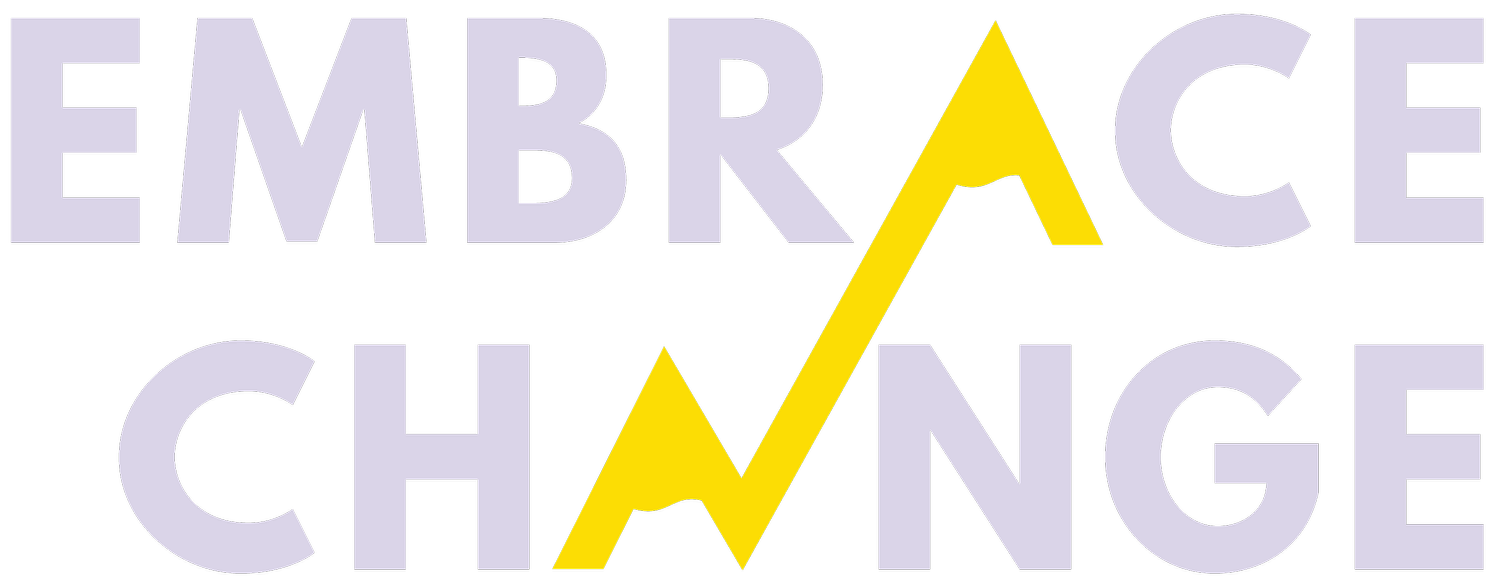One Way to Negotiate Our Way to Equal Pay
This year, Equal Pay Day was this past Tuesday, April 2. That’s because that’s the date through which women (in the US) have to work in order to earn as much money as men earned in 2018. It’s another way of expressing the average gender wage gap – 80 cents to the dollar.
But April 2 isn’t the only Equal Pay Day in the year. March 5 was Equal Pay Day for Asian American women because we earn the most – on average – of the different groups of women of color. (This does a major disservice, however, to Southeast Asian American women, whose Equal Pay Day was September 12 last year.) April 19 will be Equal Pay Day for white women.
Then comes an over four-month-long hiatus (gap seems inadequate here), until Equal Pay Day for black women happens on August 22. Then comes Equal Pay Day for Native women, on September 23. Finally, Latina Equal Pay day is on November 20.
To be clear, this means that, on average, Latinas must work practically an entire extra year in order to earn the same as men earn in this country. And if that’s not a source of outrage, I don’t know what is.
But. You all know I don’t like to focus solely on the problems. I like to talk about solutions.
And when it comes to the abysmal wage gap situation in this country, those in power need to behave responsibly and pay women of color more money – specifically Latinas, Native and indigenous women, Southeast Asian women, and black women.
(And for anyone who is thinking, yeah, but these women work primarily in fields that are paid less than others – e.g., domestic work, caretaker work, sales, technician roles, cosmetology – labor is labor. There is no reason that there should be such a vast wage chasm between people doing white collar work and those doing blue collar work or emotional labor or work in the home and so on.)
However, I also don’t believe in sitting around and waiting for things to change – particularly when it depends on people in power ceding some of that power or acting against their financial interests to change the status quo. So it’s probably no surprise that I’m a big fan of the work and research of Professor Ashleigh Shelby Rosette, Associate Professor of Management and Organizations at the Fuqua School of Business at Duke University.
Professor Rosette gives excellent negotiation advice – that is actually intersectional.
And if her name sounds familiar, it might be because I’ve mentioned Professor Rosette in a prior edition of my newsletter, The Trajectory, as she was an expert interviewed on the HBR podcast, Women at Work: The Advice We Get and Give. If you haven’t listened to it yet, do yourself a favor and do it today!
Professor Rosette and two co-authors published a research paper in 2016 demonstrating how two groups of women of color – black women and Asian American women – face very different and specific stereotypes when compared to each other and to white women. On the podcast, she spoke about using these stereotypes to our advantage.
She lays out in her paper how we are socialized to believe the stereotype that black women are strong and dominant, whereas Asian American women are competent and passive. Her research found that when black women conduct themselves in line with the stereotype of being strong and dominant, then they’re given more “behavioral freedom.”
In other words, if black women act assertively in negotiations and in leadership, they’re more likely to get what they want. Similarly, when Asian American women conduct themselves in line with the stereotype of being competent, hard-working, and passive, then they are also given more behavioral freedom.
Although the study didn’t explicitly state this, I’d extrapolate that the practical application is that black women should make sure that they present themselves – and their negotiation demands – in a confident and emphatic manner. And Asian American women should emphasize the quality of their work product, the depth of their expertise, and frame their demands in terms of suggestions in order to get what they want.
Drawbacks of this study are that it did not include Latinas or Native and indigenous women, did not break down black or Asian American women into ethnic subgroups, and only took into account race and gender identities. Hopefully future studies will be more expansive and inclusive.
Nevertheless, this important and trailblazing research gives us an idea of the potential that using intersectional stereotypes (which we might normally shun) strategically – and to our advantage – to help close this wage gap faster than projected (estimates vary from 2058 to 2106).
For more practical help on this, download my 5 Steps to a Winning Negotiation Mindset: Strategies for Women of Color (released to The Trajectory subscribers April 4; available to new subscribers April 5).
